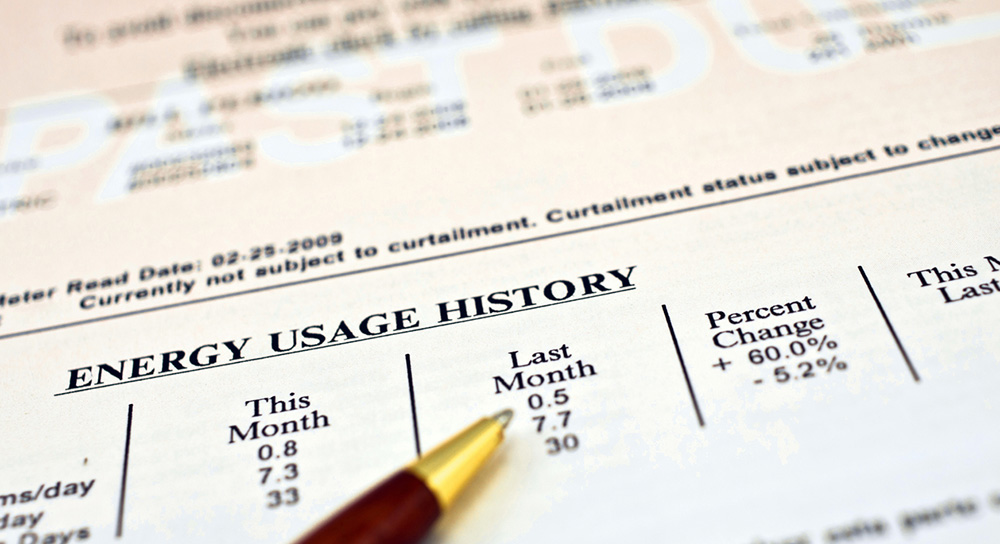Is your electric bill a bit of a mystery? Has it been a while since you saw an electric after going paperless? Are you concerned about higher bills during the summer?
Electric bills are very useful tools for people who live in deregulated areas if you’re ready to switch suppliers and want to compare plans. Decoding your electric bill can also help you understand how you use energy during the summer so you can find ways to save more during the warm months.
Each supplier will have a unique bill, but here are a few things that most of them have in common.
Three Charges on One Electric Bill
When you live in an area with energy deregulation your electric bill is made up of three charges. One charge is for transmission and delivery from the local utility, and another charge is for electricity supply provided by the supplier.
As your supplier, Verde Energy purchases electricity from power generation companies that can be used in a home or business. We have the electricity, but the local utility has control over the grid, which is needed to deliver the electricity to homes and businesses.
 Seeing two separate energy charges can be a bit confusing if you’re new to deregulation. In some areas, you may actually receive two separate bills (one from the local utility and one from the provider), but the energy charges are commonly together on one bill. Regardless of whether you get one or two bills, the supply charge should show the kilowatt-hour (kWh) rate and amount of kWhs used for the billing cycle.
Seeing two separate energy charges can be a bit confusing if you’re new to deregulation. In some areas, you may actually receive two separate bills (one from the local utility and one from the provider), but the energy charges are commonly together on one bill. Regardless of whether you get one or two bills, the supply charge should show the kilowatt-hour (kWh) rate and amount of kWhs used for the billing cycle.
The third type of charge you’ll see on your electric bill is taxes and fees. If there’s a monthly fee from Verde Energy it will be listed as a supply charge.
Electric Bill Breakdown
The charges are what most people are concerned about, but there are a number of other sections on an electric bill. They usually include:
Account Number/ID – Your bill will have some sort of account identifier at the top that verifies the charges are for your property.
Dates – At the top of the bill you’ll also find a few important dates. One will be the date the bill was generated and the other is the bill due date. Payments made after the due date may lead to a late charge on your next bill.
Customer Information – Customer information (name and address) connected to the account number/ID is included.
Invoice number – Each bill will have a unique invoice number that’s usually chronological.
Utility Information – The bill should list the local utility company’s ID or account number. The energy supplier’s Public Utility Commission (PUC) license number will also likely show up in this section.
Bill Summary – The summary will list the amount due for electric supply, activity since the previous bill, the previous amount due, last payment received and late charges. If you receive one bill for all energy charges the summary will also include a transmission and distribution charge.
Current Charge Details – This section provides more information on the amount that’s due including any monthly supplier fees, adjustments, taxes, and state/local fees.
Plan Details – Here you’ll get a basic rundown with the name of the plan, electric rate, plan start and end date, auto payment status, special promos, and other plan-related information.
Billing History – This is typically a chart with activity for the last 12 months. The snapshot can give you a clear picture of seasonal trends.
Electric Usage – The bill will provide details about the electric use that served as the basis for the charge. It will have the meter number, billing period, current meter reading, previous meter reading, and electricity usage.
Important Information/Messages – If there is a piece of important additional information it will be in this section. For example, if you’re eligible for a special promotion or the plan is ending soon that information would be listed.
Ways to Pay – The bill should include information on acceptable forms of payment and where payments can be made.
Definitions – Since some of the jargon can be confusing, most electric bills have a section with definitions for terms that are used on the invoice.
Bill Stub – Paper invoices will have a stub at the bottom with all of the basic payment information. The stub should be detached and sent with the check if you’re paying by mail.
Bill/Meter Summary – If you have more than one electric meter associated with your account your bill should have a summary that lists the location and usage for each meter.
Get Help Reading Your Electric Bill
Have questions about your electric bill? If you’re a Verde Energy customer you can contact the support team for further assistance. We can also help you understand your charges and rates if you are thinking about making the switch to Verde Energy.



